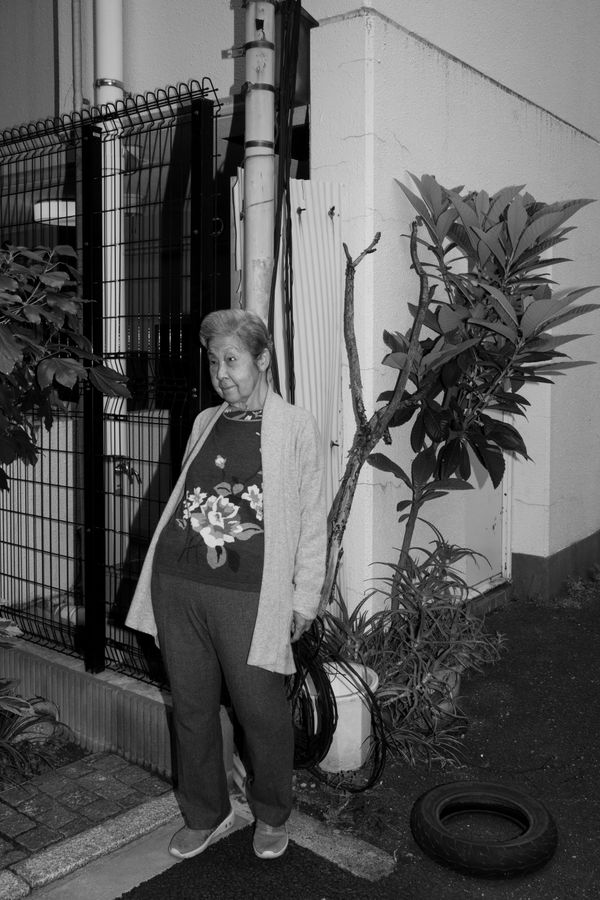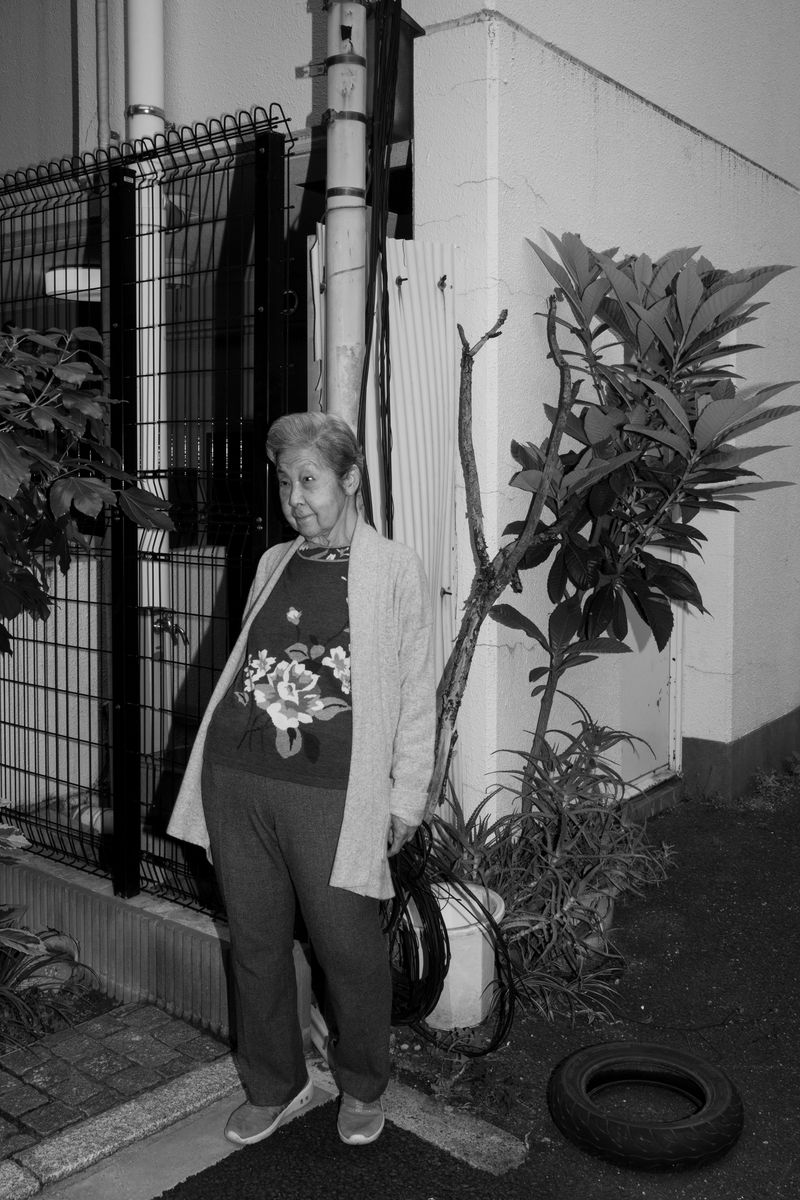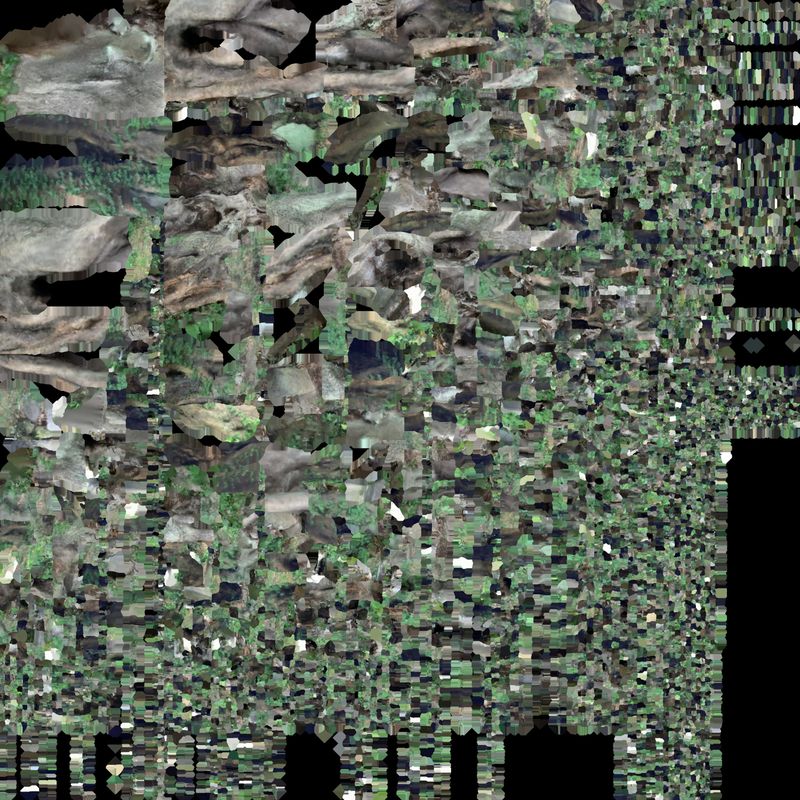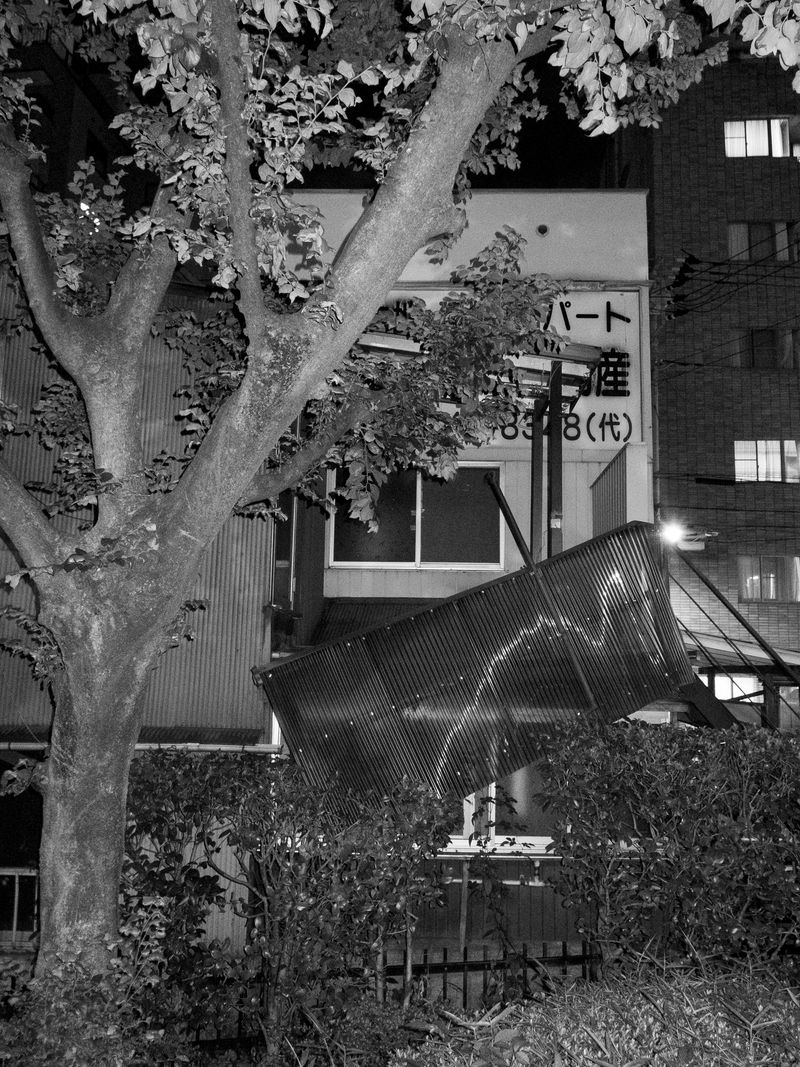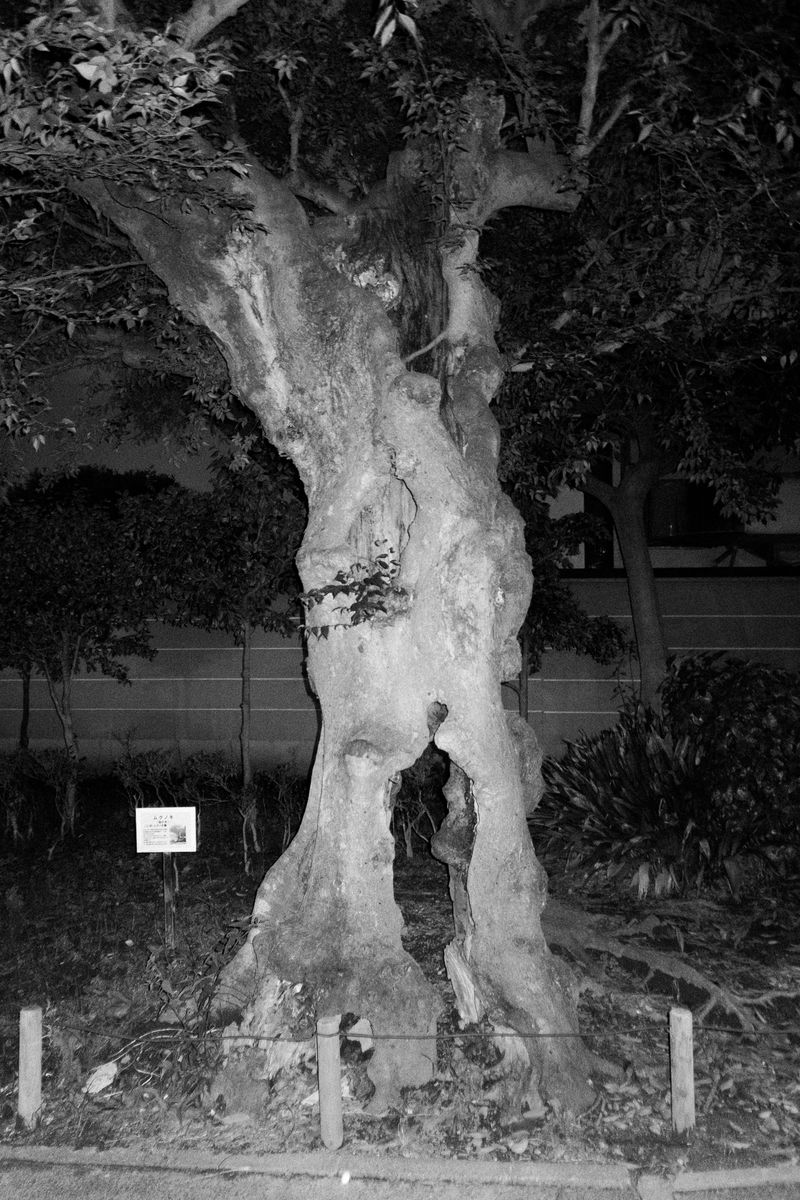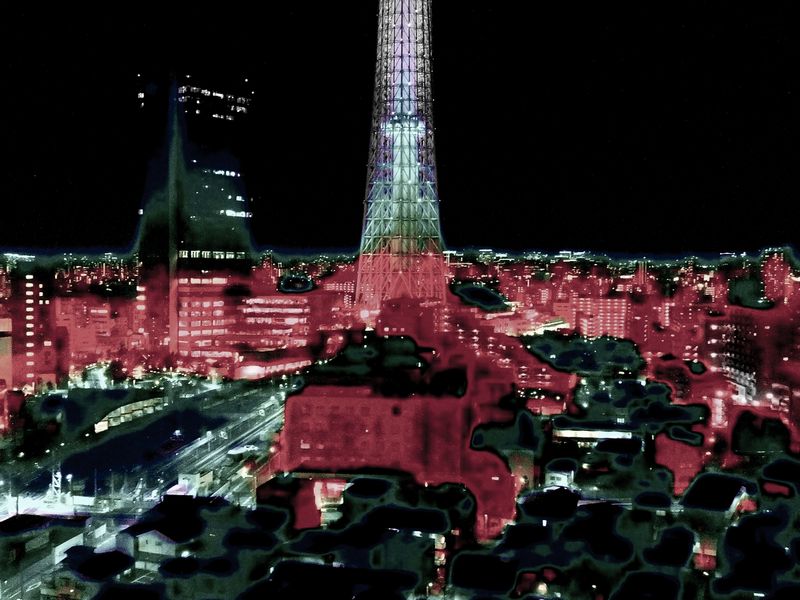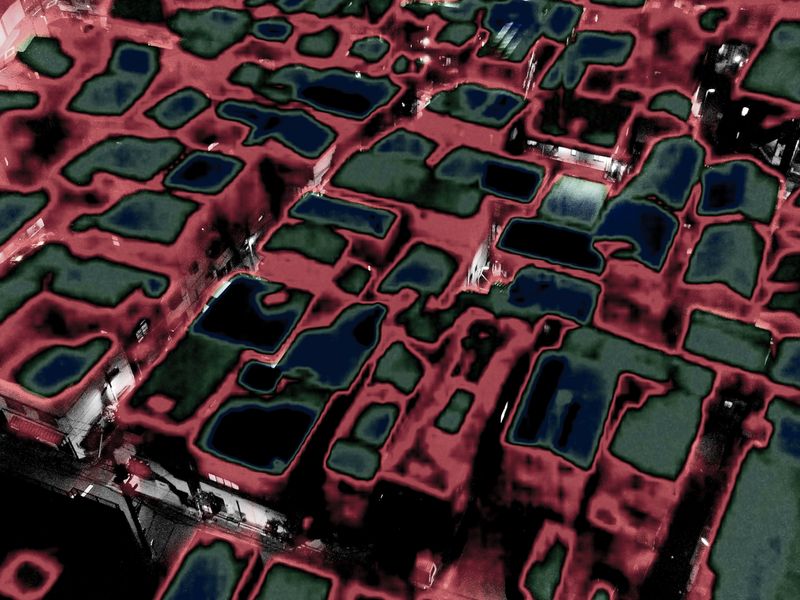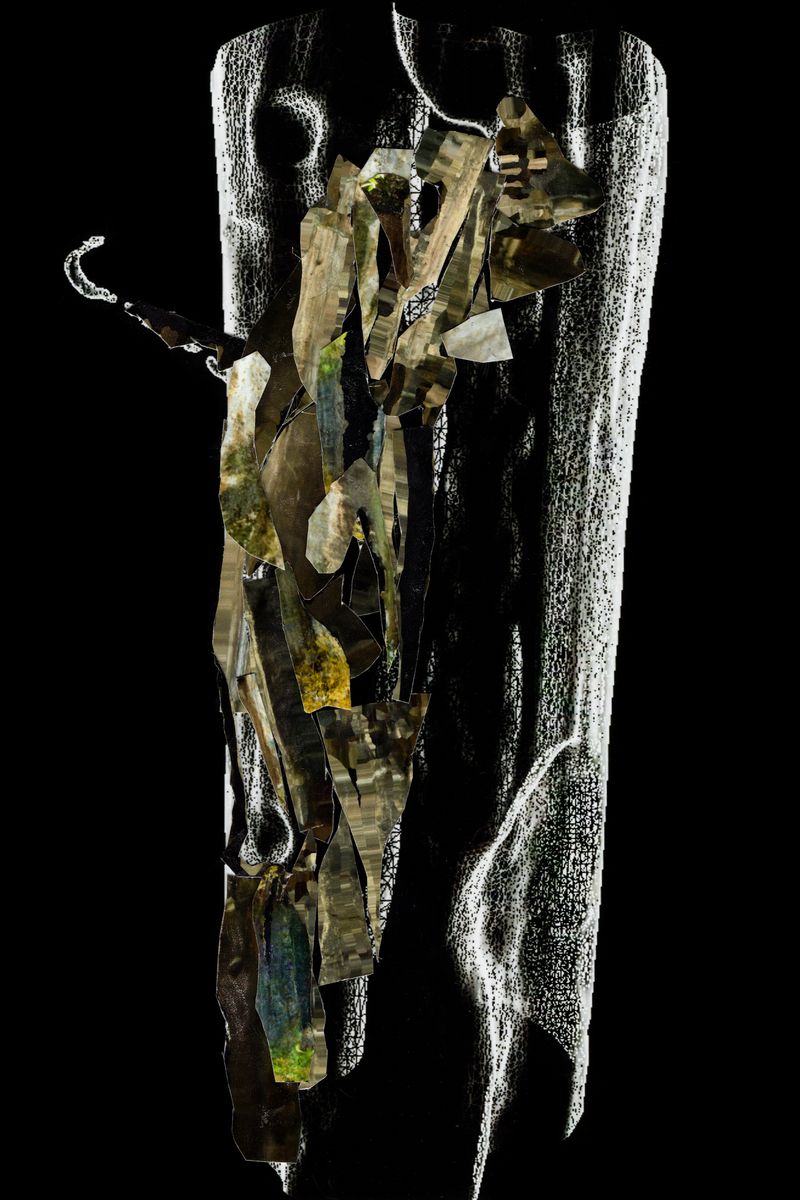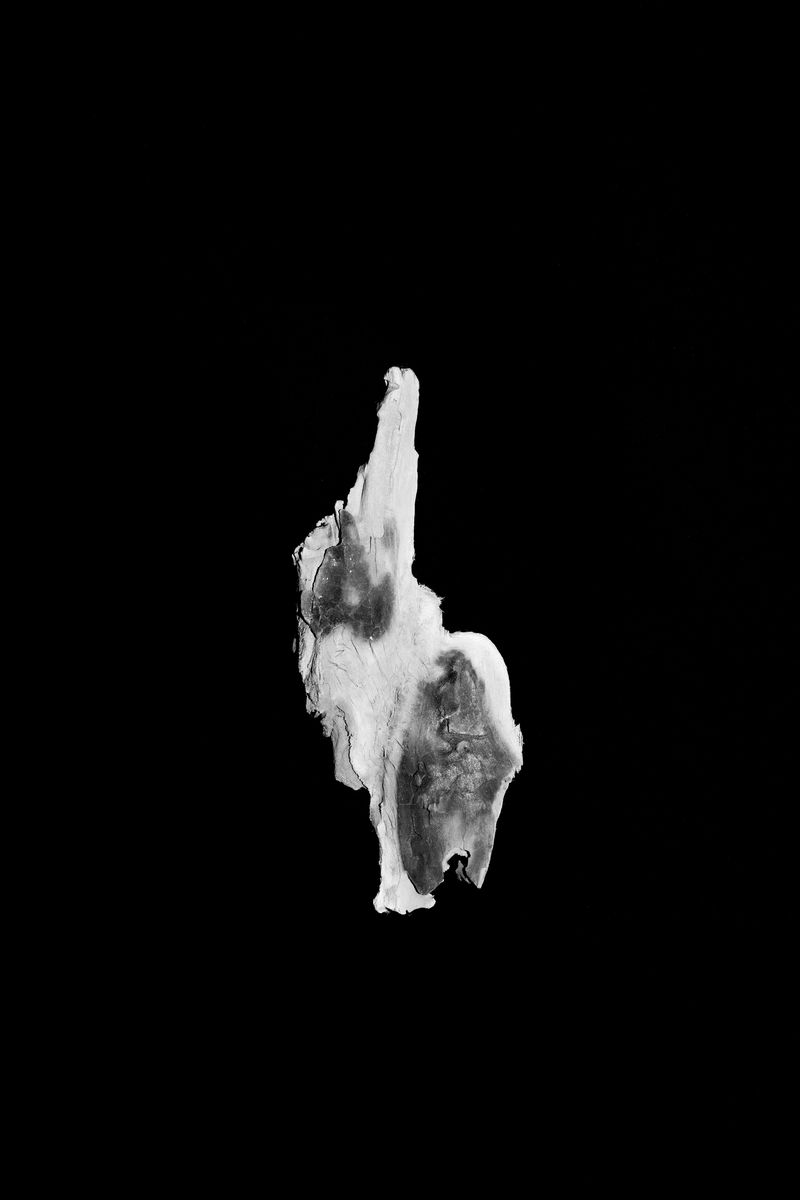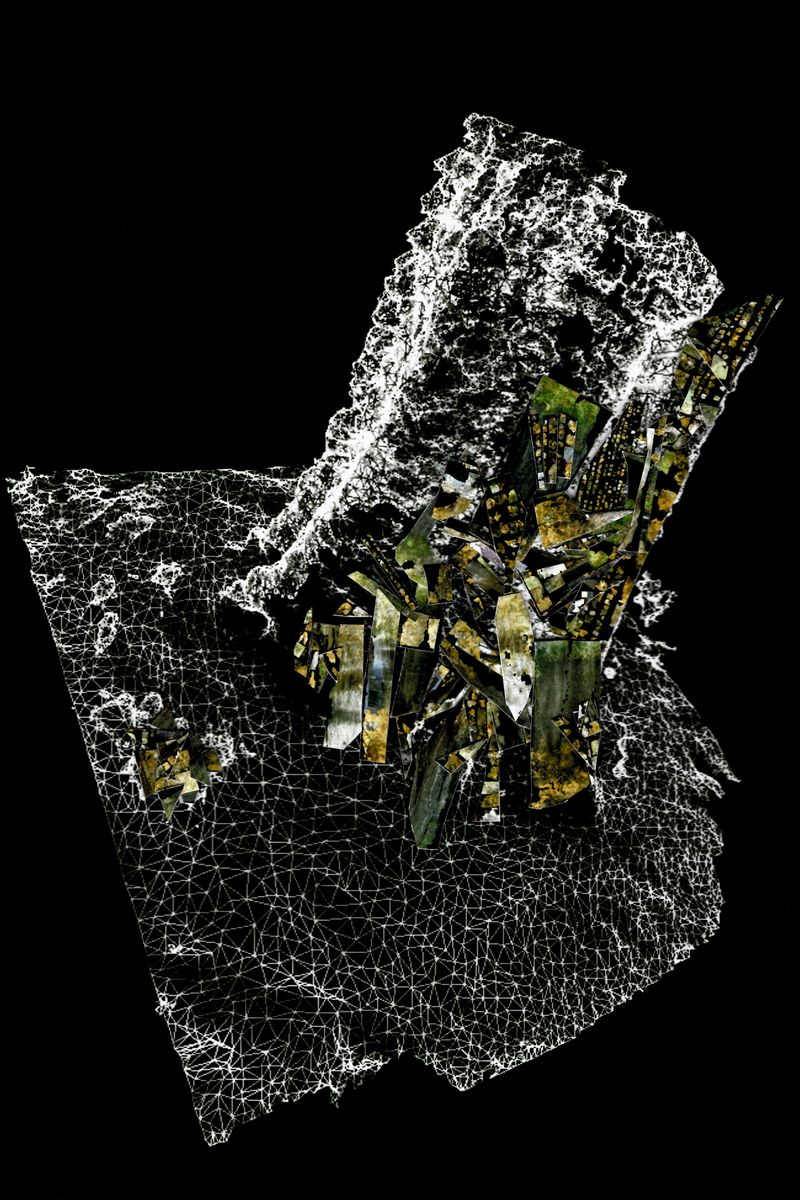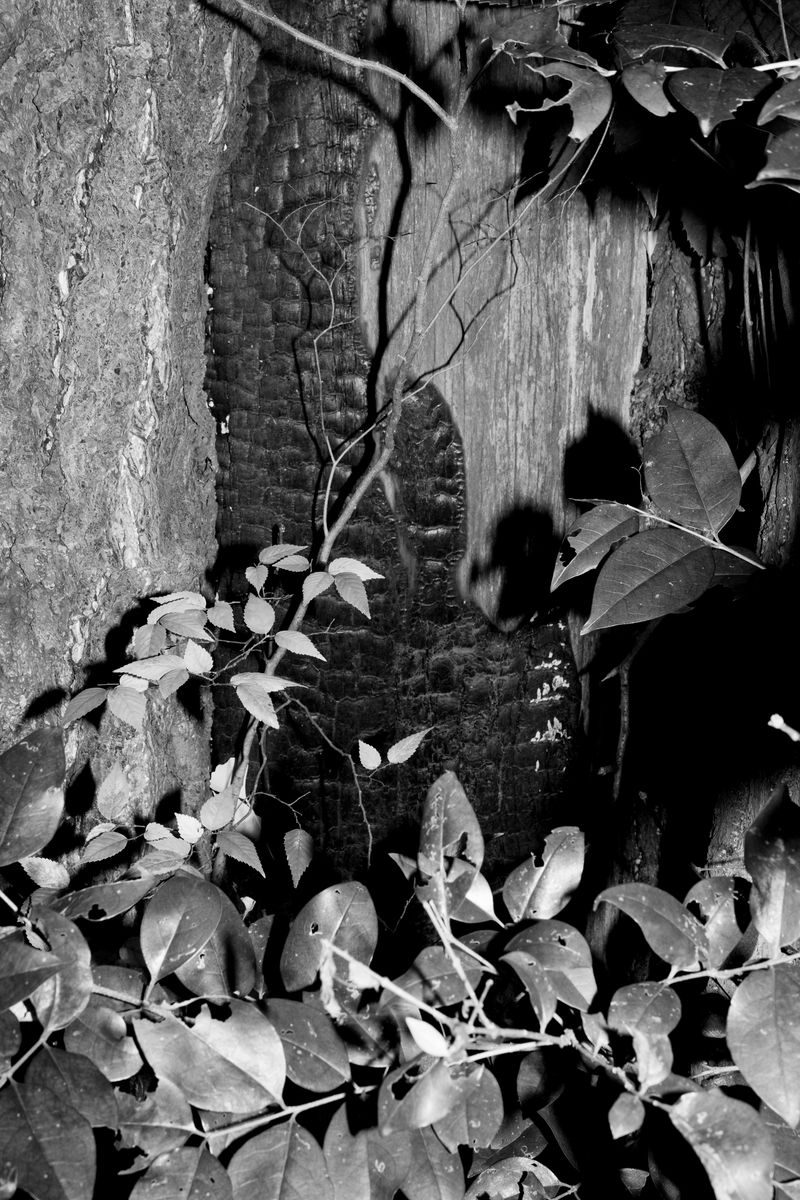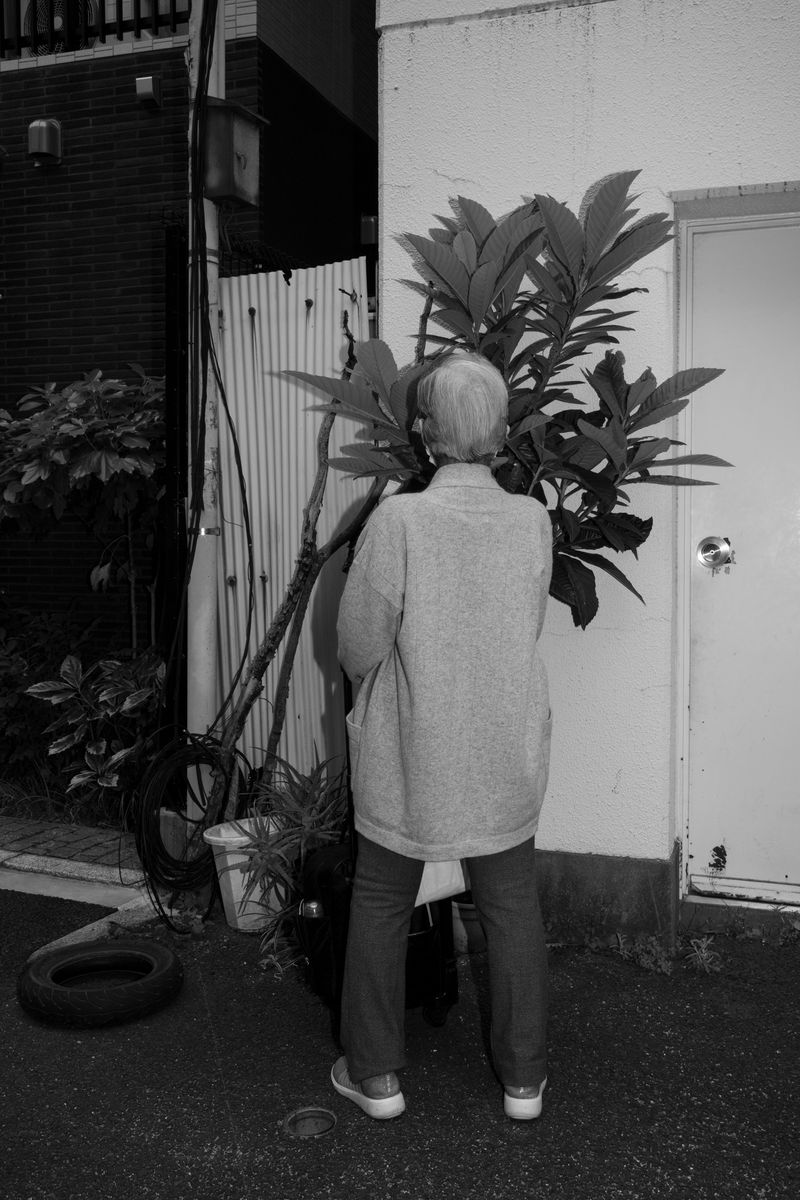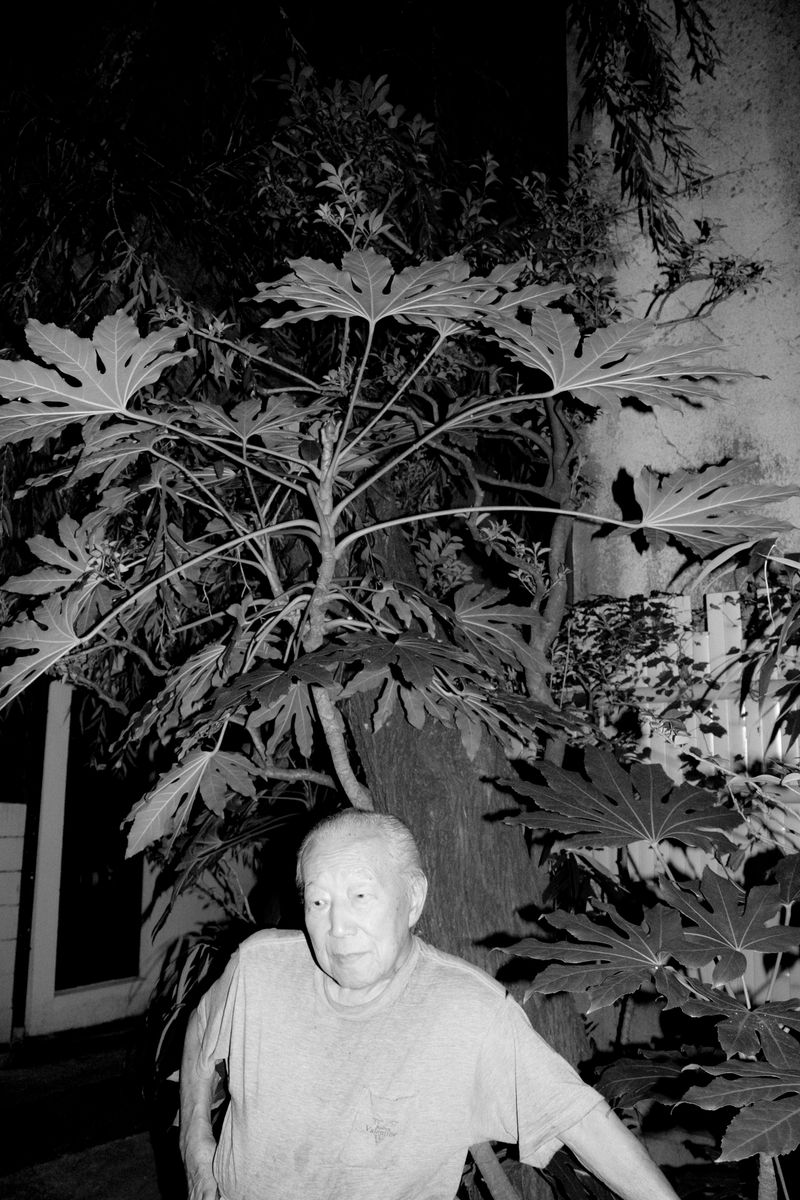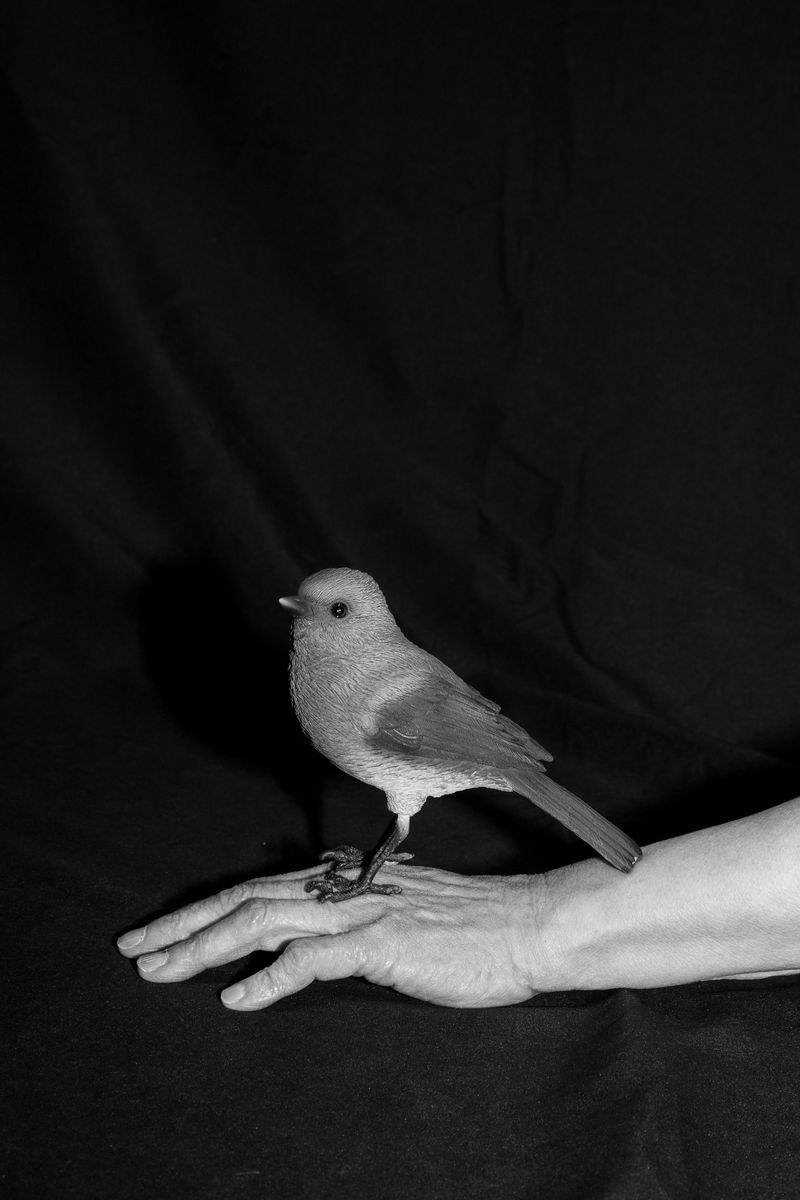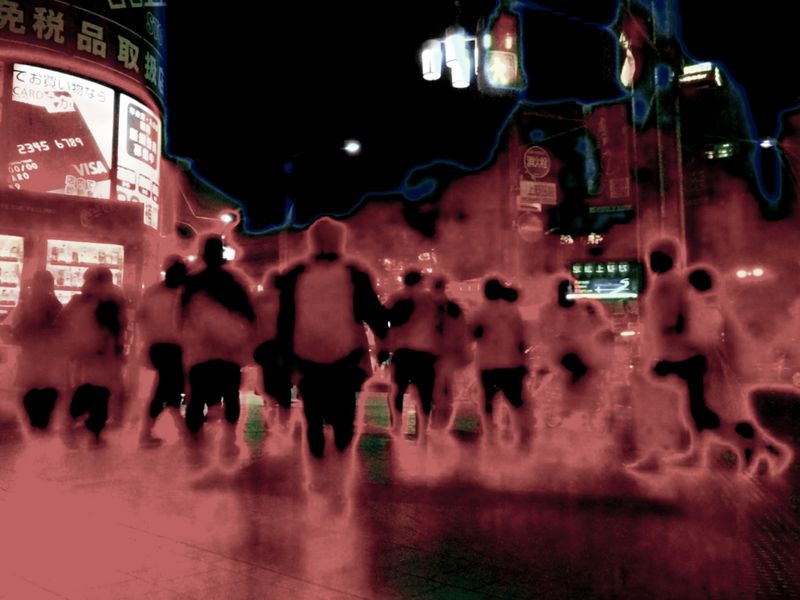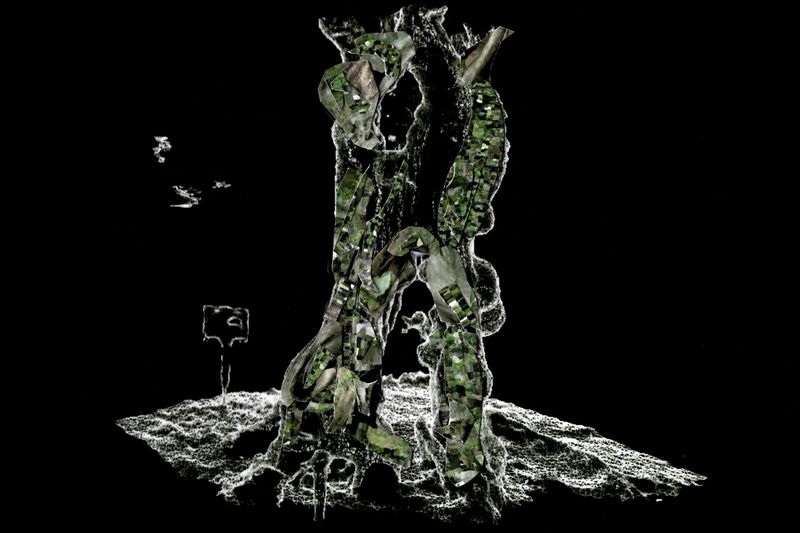The Bluebird Perch
-
Dates2020 - Ongoing
-
Author
"On a night when the sky was laden with stars, a flock of huge birds came from the east. They were circling in the searchlight, shining in bright blue light. The next moment, the birds found some withered perches, and they flew towards us with a thunderous roar"
00:08 am on 10th March 1945. The first firebomb exploded in the Koto area in Tokyo. "The black airframe with huge wings was flying low, close to the ground and illuminated by red burning flames," a survivor described. The airstrike took only two and a half hours to kill 100,000 people.
Documents from the Japan Meteorological Agency stated that the temperature on that day was 3.9 degrees Celsius and the wind speed was 13 meters per second from the northwest. Under the starry sky, the cloud amount was 4.
Through the long and winding time tunnel, 77 years have passed since the Second World War. Memories of survivors are about to fade away into the depths of time.
"The ginkgo tree was crackling and burning red. I was standing in the clearing right behind it, watching it all the time. I thought about running away, but it was impossible with the flames surrounding me. It was night, but it was like daytime. The vacant lot behind the shrine was the last place for everyone in the town, including myself. As dawn broke and the distance gradually turned white, we suddenly came to our senses and realized that we were still alive"
This is the testimony of an air raid survivor whom we actually met and talked to.
It was in 2019 when I first recognized the trees that have been bombed by war. A TV news program reported, "The war-wounded trees remain in the Koto, Sumida and Taito areas. These places were the areas that were mostly destroyed by the Tokyo Air Attack on 10th March".
This project is an attempt to visualize various "shapes of memory" related to the Great Tokyo Air Raid, triggered by the existence of war-wounded trees. There are various elements that form "layers of memory. These can be the city of postwar Tokyo as an aggregate of an unspecified number of people, individuals who experienced the air raid, and war-wounded trees. They are somehow connected and intertwined, and from time to time they appear in front of our eyes. I hope to show in my own way how they have connected and how the whole picture of the memory of air raids has been changed as I literally pick up the fragments of memory that have been buried in the long accumulation of time after the war.
